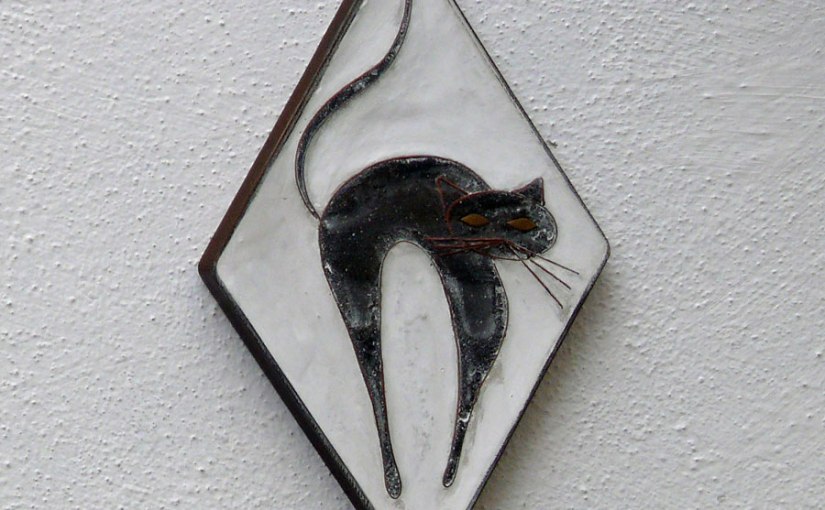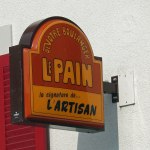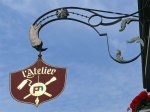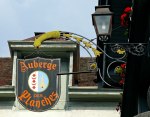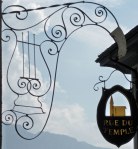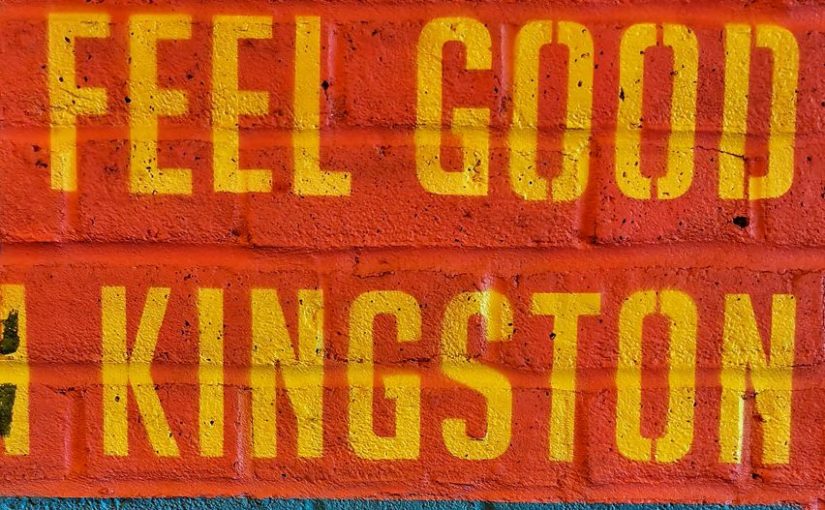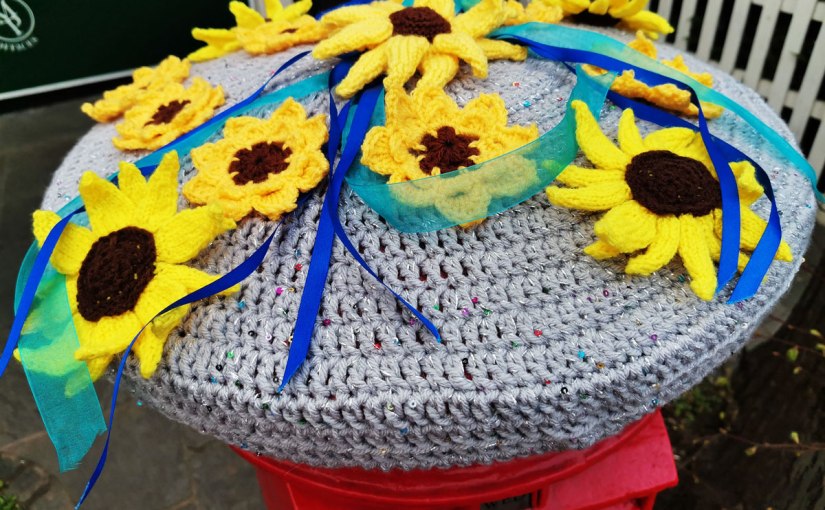Quirky details from Montreux. (please click on an image to scroll through the gallery)
Category: Urbanicity
Images of architecture and urban fragments from around the world.
Postcards from Around the World
The first thing my daughter and I did on arrival in Barcelona (after dropping our cases off at the hotel) was to join a free walking tour starting from Plaça de Catalunya and finishing at the waterfront. Of course a free walking tour is not exactly free, you are expected to offer a donation at the end of the tour, which in this case was well worth it.

We wandered around the many back streets and the Gothic Quarter a stone’s throw from La Rambla and believe me there are so many narrow alleyways that when we tried to find some of the places later on by ourselves, we got completely lost.

Just about every shuttered doorway is covered in murals and graffiti and I was frantically snapping shots as we moved on.
Barcelona is a shopaholic’s paradise as well as being full of historical buildings and art. I was fascinated by these tiled murals that decorate the walls in this narrow pedestrian street, Carrer Petritxol, in Barcelona’s Gothic Quarter. It runs from Portaferissa to Plaça del Pi, not far from La Rambla. The murals tell stories of past events and famous residents or visitors.
There are several art galleries along this street as well as shoe shops, soap shops and chocolate shops!
The end of the tour was at El Cap de Barcelona from where we headed down to the beach and the Makamaka restaurant for cocktails and some food.

(The header photo is the balcony detail on the Casa Pia Batlló, which is located on the corner of Rambla Cataluña and Gran Vía de les Corts Catalanes. The building is in the Modernist style, built between 1891 and 1896 by the architect Josep Vilaseca i Casanovas.)
Rare Post Boxes
A few years ago I wrote my first post about post boxes – the ones you post letters in, not the mailboxes that belong to a house – and how many different ones there are. Recently I tracked down a couple of Queen Victoria post boxes in my area and even more exciting (I know, it’s the nerd in me) I found a rare Edward VIII post box in the village where my daughter lives, so I got her to go and photograph it for me.
Britain got her first post boxes during the 1850s and shortly after the Post Office quickly settled on using the cipher of the reigning monarch on all letter boxes.
Cast Iron Queen Victoria Wall Mounted Post Box (1837 – 1901)

VR stands for Victoria Regina, Regina being Latin for queen, denoting that Queen Victoria was monarch when the box was installed.
Below is the VR cipher that is found on Victorian pillar boxes – this one is located in Penzance. And if you look at my original post you will see the more elaborate VR cipher on the Penfold boxes.
Below is an example of the short-lived King Edward VIII – EVIIIR – cipher. King for less than a year, (Jan – Dec 1936) these are the rarest of the royal ciphers to locate.
So the only monarch I am missing from my collection is one from the reign of Edward VII (1901 – 1910). There are several in London and also Norfolk and Merseyside, but only one in Cornwall. Looks like I am going to have to track that one down!
There are over 800 different types of post boxes in the UK alone. Perhaps you have an unusual one to share? If you do then please post it and link to this one in the comments or via a pingback. I’d love to see it.
Street Art: Kingston upon Thames
Colour Your Senses in Kingston (upon Thames) was designed to welcome people safely back into the city after all the covid restrictions. The town centre has been dressed with colourful cross-street banners, bunting, floor stencils, floral displays and exhibition boards, providing a splash of vibrant colour.
Market trader whistling,
Musicians singing,
Oars swhooshing and
Ducks quacking.
It’s a busy city centre and no more so than on a Saturday afternoon so the daughter and I headed off along the riverside whilst the granddaughters went clothes shopping for the all important 18th birthday family meal that evening.
On our way back we came across some hoardings around an empty building plot behind the Bentall Centre that had been artistically and colourfully decorated. I included a few images of the hoardings in my Surrey round-up post, but there were more. I particularly liked this one.
I often wonder what an artist is thinking about when they create their paintings. Split personality? Torn apart? Gender confusion? Hanging by a thread? Who knows.
There can be no confusion about this one though. Swans as we know, mate for life, and the River Thames is well known for its swans. Possibly by Skyhigh.
My first impression of the one above was of penguins, but the one on the right is a woodpecker, not sure about the one on the left. It’s hard to track down these artists, but the A51 tag led me to Aspire who seems to paint animals and birds that are on the decline.
.EPOD His professional skillset (draftsman, fashion designer and illustrator) and the inspirations of his youth manifest vividly in his paintings and murals. Sultry figures draped in elegant materials. Mirrored vessels in otherworldly landscapes. Cigarettes hanging from kiss me lips.

Whatever you might think about graffiti or street art / murals and I confess that a lot are not to my taste, they do often brighten up what can be a dull and depressing area and being in a public space makes art accessible to all.
Yet Another Post Box
A few years ago I wrote my first post about post boxes – the ones you post letters in, not the mailboxes that belong to a house – and how many different ones there are. I am still searching for a Queen Victoria one, but think I have located a couple near me so I shall be heading off with my camera to track them down.
This one caught my eye due to the fact that someone had yarn-bombed it in support of the invasion of Ukraine which sadly is still happening.

There are over 800 different types of post boxes in the UK alone. Perhaps you have an unusual one to share? If you do then please post it and link to this one in the comments or via a pingback. I’d love to see it.
